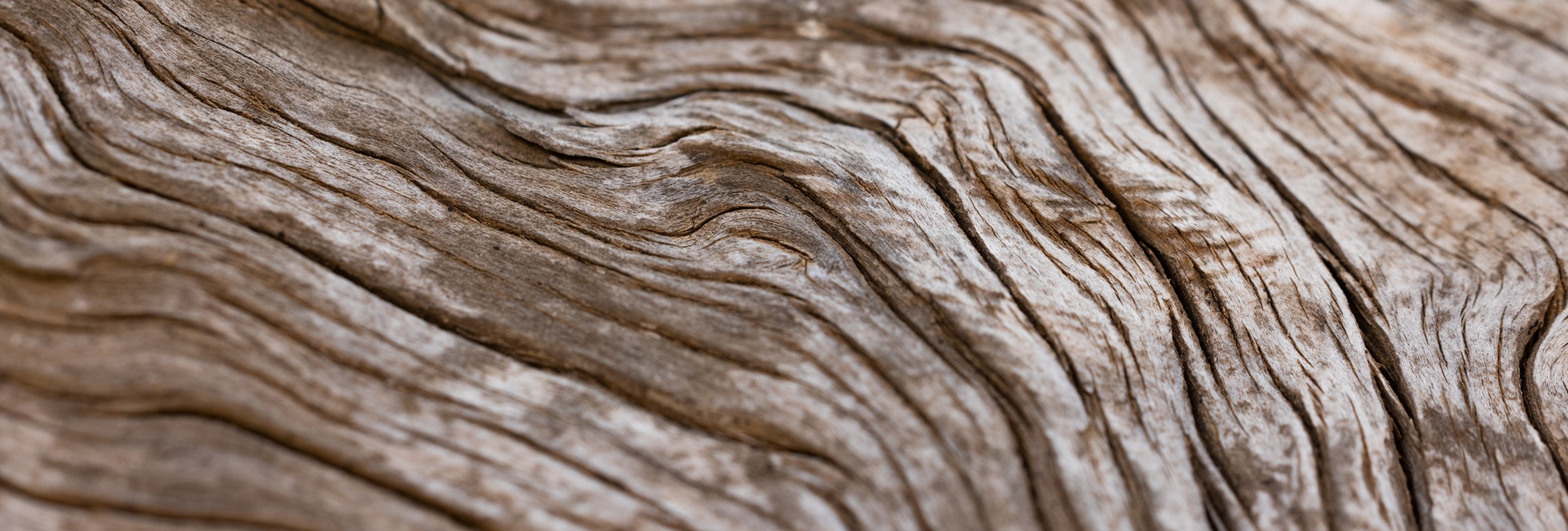
LEARNING OUTCOMES
After this course students:
- appreciate the multifunctional role of forests in the climate- and eco-systems as well as the principles of sustainable forestry.
- know how wood is formed through photosynthesis, how trees grow and can describe how environmental, genetic, and other factors influence wood formation.
- know the key anatomical features of wood and can differentiate between softwood and hardwood as well how to identify wood species from their microstructures.
- are familiar with the anisotropic nature of wood and be able to describe how the anatomical structure of wood affects its physical and mechanical properties.
- know the states of water in wood and is familiar with the concepts of sorption, moisture content, equilibrium moisture content and fiber saturation point.
- are able to describe how moisture affects the mechanical and physical properties of wood.
- are able to calculate wood moisture content and list factors influencing the reliability of the results
- are able to calculate wood density and describe anatomical factors influencing wood density
- are familiar with the relationship between cell wall density, bulk density, and void volume (porosity) and can apply this information to predict how fluids may behave in wood.
- are familiar with the thermal properties of wood, especially thermal conductivity, specific heat capacity, diffusivity and effusivity.
- are familiar with the acoustic properties of wood and how this might be utilized in non-destructive testing and how it impacts on construction
- are familiar with the electrical properties of wood and its application in measuring moisture content etc.
- are familiar with the combustion properties of wood and its fire performance.
- know about the short-term mechanical properties of wood and how structure/anatomy, density and moisture affect these is familiar with the long-term behavior of wood under static (creep) and cyclical loading (fatigue).
- know the key degrading organisms that are responsible for the breakdown of wood
Credits: 5
Schedule: 10.01.2023 - 14.02.2023
Teacher in charge (valid for whole curriculum period):
Teacher in charge (applies in this implementation): Mark Hughes
Contact information for the course (applies in this implementation):
CEFR level (valid for whole curriculum period):
Language of instruction and studies (applies in this implementation):
Teaching language: English. Languages of study attainment: English
CONTENT, ASSESSMENT AND WORKLOAD
Content
valid for whole curriculum period:
Aimed at students wishing to specialize in the materials science of wood, this course will also be of interest to students of architecture, civil & structural engineering, materials science & engineering and related disciplines, who have an interest in the possibilities offered by wood. The course covers wood formation, wood structure & anatomy, wood-water relationships, and the physical properties of wood, including wood density & porosity, fluid flow in wood, the thermal & hygrothermal properties of wood, as well as acoustic properties. The course also covers short- and long-term mechanical properties and introduces students to the main agents responsible for wood degradation. Through this course, students will also appreciate the multi-functional role that forests play in providing ecosystem services as well as wood products.
Assessment Methods and Criteria
valid for whole curriculum period:
Evaluation criteria is based on examination.
Workload
valid for whole curriculum period:
The course is mainly based on independent study in the online platform.
DETAILS
Substitutes for Courses
valid for whole curriculum period:
Prerequisites
valid for whole curriculum period:
SDG: Sustainable Development Goals
9 Industry, Innovation and Infrastructure
12 Responsible Production and Consumption
13 Climate Action
15 Life on Land
FURTHER INFORMATION
Further Information
valid for whole curriculum period:
Teaching Language : English
Teaching Period : 2022-2023 Spring III
2023-2024 Spring IIIEnrollment :
Open for all. The course can be completed remotely.
A course implementation may be cancelled if the number of students enrolled to the course implementation does not meet the required minimum of five students. In the case of cancelled course implementations, the students enrolled to them must be provided with an alternative way of completing the course or be advised to take some other applicable course.
